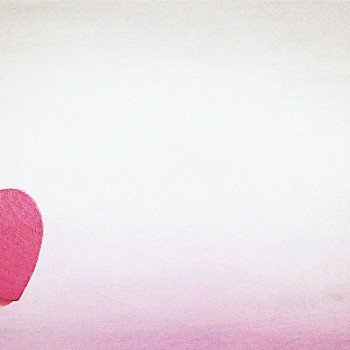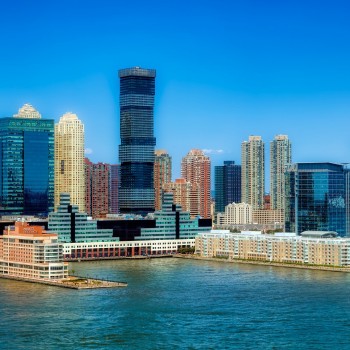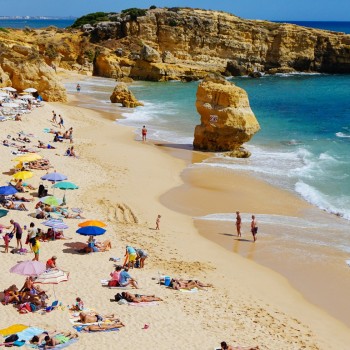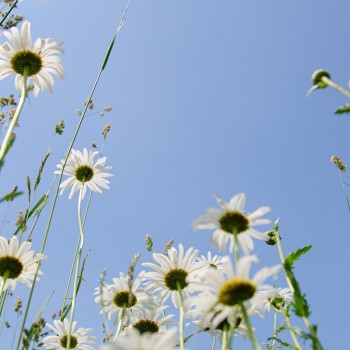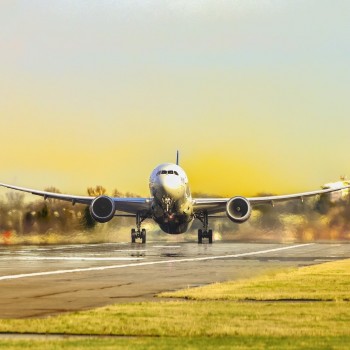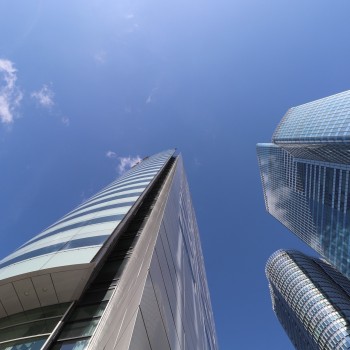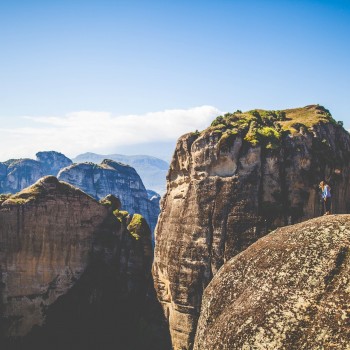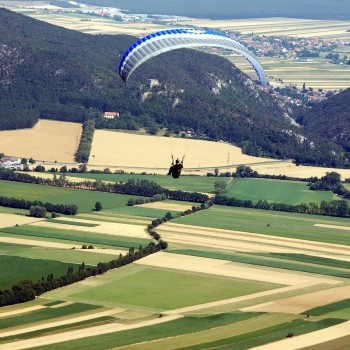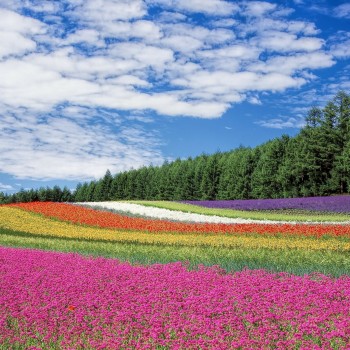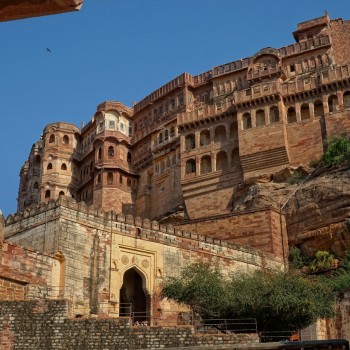Cambodia
Cambodia
Capital city description
The capital of Cambodia is Phnom Penh and is known as one of the most bustling cities in the Kingdom of Wonder. It is situated at the junction of the Tonle Sap and Mekong rivers. The city is a center that merges the flavors of both French colonialists and the Khmer Empire.
Climate
Cambodia has two seasons and a tropical climate with warm temperatures throughout the year.
- The northeast monsoon season (dry season) runs from December through April, bringing sunny and dry weather, especially in the early months of January and February.
- The southwest monsoon (wet season) from May to November. During this period, you can expect the most precipitation in Cambodia throughout September and October.
Languages spoken
In Cambodia, Khmer is known as the primary language spoken by Cambodians which takes almost 90% population of the country. The language is used in government administration, imparting education at all levels, media.
Fun/Fascinating Facts
- Angkor War, a UNESCO World Heritage Site, is an internationally recognized temple complex in Cambodia. It is the world’s largest religious structure, with an area of 1,626,000 m2. Angkor Wat was constructed in the 12th century by Khmer King Suryavarman II as a Hindu temple but was later transformed into a Buddhist temple. The temple attracts millions of tourists to Cambodia each year.
- Cambodia is home to numerous endangered species, such as the Irrawaddy dolphin, which can be found in a stretch of the Mekong River in Kratie, and the nearby Cantor’s Giant Softshell Turtle.
- Fried spiders are sold as a delicacy in several parts of Cambodia. Skuon, a market town, is especially famous for its fried spiders.
- The Tonle Sap in Siem Reap is the largest freshwater lake in Southeast Asia. The Tonle Sap River leads to Phnom Penh, where it meets with the Mekong.
- Almost 95% of Cambodians practice Therevada Buddhism, and monks with bald heads and saffron-colored robes can be seen throughout the country.
Unique Customs/Traditions
- The most traditional greeting is a bow combined with a bringing of the hands together at chest level (similar to bringing hands together for when you pray), also known as “sampeah.”
- Khmer New Year day is the most important holiday in Cambodia that expands over three days.
- A home meal is served on a mat on the floor or with the diners seated together on a raised bamboo platform. Meals are eaten in shifts according to status, with adult males and guests eating first and food preparers last.
- The birth of a child is a happy event for the family. However, according to traditional beliefs, confinement and childbirth expose the family, especially the mother and the child, to harm the spirit world. A woman who dies in childbirth—crosses the river (chhlong tonle) in Khmer is believed to become an evil spirit. In traditional Khmer society, a pregnant woman respects several food taboos and avoids certain situations.
Popular universities
| Name | Description | |
|---|---|---|
| Royal University of Phnom Penh | The Royal University of Phnom Penh is a non-profit public higher education institution located in the urban setting of the metropolis of Phnom Penh. Founded in 1960 and officially recognized by the Ministry of Education, Youth and Sports of Cambodia. The Royal University of Phnom Penh (RUPP) offers courses and programs leading to officially recognized higher education degrees such as bachelor's degrees, master's degrees, doctorate degrees in several areas of study. | |
| Institute of Technology of Cambodia | Institute of Technology of Cambodia is a non-profit public higher education institution located in the metropolis of Phnom Penh. Founded in 1964 and officially recognized by the Ministry of Education, Youth and Sports of Cambodia. Institute of Technology of Cambodia (ITC) offers courses and programs leading to officially recognized higher education degrees such as bachelor's degrees in several areas of study. | |
| Paññasastra University of Cambodia | The Paññasastra University of Cambodia is a non-profit private higher education institution located in the urban setting of the metropolis of Phnom Penh. It was established in 2000 and officially recognized by the Ministry of Education, Youth, and Sports of Cambodia. It offers courses and programs leading to officially recognized higher education degrees such as pre-bachelor degrees (i.e., certificates, diplomas, associate or foundation), bachelor's degrees, master's degrees, doctorate degrees in several areas of study. This institution also has branch campuses in the following locations: Battambang, Siem Reap. | |
| École Royale d'Administration (Royal School of Administration) | École Royale d'Administration (Royal School of Administration) is a non-profit public higher education institution located in the metropolis of Phnom Penh. Founded in 1956 and officially recognized by the Ministry of Education. École Royale d'Administration (ERA) offers courses and programs leading to officially recognized higher education degrees such as bachelor's degrees in several areas of study. | |
| University of Cambodia | The University of Cambodia is a non-profit private higher education institution established in the urban setting of the metropolis of Phnom Penh. Founded in 2003 and officially recognized by the Ministry of Education, Youth and Sports of Cambodia. The University of Cambodia (UC) offers courses and programs leading to officially recognized higher education degrees such as pre-bachelor degrees (i.e., certificates, diplomas, associate or foundation), bachelor's degrees, master's degrees, doctorate degrees in several areas of study. | |
| University of Puthisastra | The University of Puthisastra is a private higher education institution located in the urban setting of the metropolis of Phnom Penh (population range of 1,000,000-5,000,000 inhabitants). Founded in 2007 and officially recognized by the Ministry of Education, Youth and Sports of Cambodia. University of Puthisastra (UP) offers courses and programs leading to officially recognized higher education degrees such as pre-bachelor degrees (i.e., certificates, diplomas, associate or foundation), bachelor's degrees, master's degrees in several areas of study. | |
| Western University, Cambodia | Western University, Cambodia, is a private higher education institution located in the metropolis of Phnom Penh. This institution also has a branch campus in Kampong Cham. Established in 2003 and officially recognized by the Ministry of Education, Youth and Sports of Cambodia, Western University. Western University, Cambodia (WU) offers courses and programs leading to officially recognized higher education degrees in several areas of study. | |
| Royal University of Agriculture | The Royal University of Agriculture is a for-profit public higher education institution situated in the urban setting of the metropolis of Phnom Penh. Founded in 1964 and officially recognized by the Ministry of Agriculture, Forestry, and Fisheries of Cambodia. The Royal University of Agriculture (RUA) offers courses and programs leading to officially recognized higher education degrees in several areas of study. | |
| Royal University of Law and Economics | Royal University of Law and Economics is a non-profit public higher education institution located in the urban setting of the metropolis of Phnom Penh. Established in 2003 and officially recognized by the Ministry of Education, Youth, and Sports of Cambodia. Royal University of Law and Economics (RULE) offers courses and programs leading to officially recognized higher education degrees such as bachelor's degrees in several areas of study. | |
| Paragon International University | Paragon International University is a non-profit private higher education institution located in the urban setting of Phnom Penh. Established in 2010 and officially recognized by the Ministry of Education, Youth, and Sports of Cambodia. Paragon International University (PIU) offers courses and programs leading to officially recognized higher education degrees such as bachelor's degrees in several areas of study. | |
Festivals & Events
.jpg)
Bon Om Touk - “the Water Festival,”
Date: November 7th-9th
Bon Om Touk, also known as “the Water Festival,” is one of the essential Cambodian celebrations occurring each year. The celebrations happen primarily in the capital city of Phnom Penh and Angkor Wat in Siem Reap to mark the end of the green season and the flow reversal of the Tonle Sap River.
The Bon Om Touk in Cambodia occurs on the full moon of the Buddhist month of Kadeuk, which generally falls in late October or early November.

Khmer New Year
Date: April 13-15
One of the most important events in Cambodia is Khmer New Year. It is celebrated over three days, starting from the 13th or 14th of April, which coincides with the end of the harvesting season.
To bring good luck on this day, the Khmer wash their faces with holy water in the morning, wash their chests at noontime, and wash their feet just before going to sleep.
Khmer New Year is a cherished time for Cambodian people to unite with family, friends, and community. It is celebrated throughout Cambodia and is rooted in Buddhist traditions.

Royal Ploughing Ceremony
Date: May
The Royal Ploughing Ceremony or "Preah Reach Pithi Bonn Chrot Preah Neangkol" is one of the most meaningful ceremonies in Cambodia.
The ritual is an ancient royal rite traditionally held in Pisak in May, beginning the rice-growing season. It is the time of the year when the dry season is over and the rainy season begins; Cambodian people start preparing for their farming activities.

King Norodom Sihamoni's Birthday
Date: May 13
The King’s Birthday is a major Cambodian holiday that allows Cambodia to express its patriotism and appreciation for its progressive government. It is one of 25 public holidays that are celebrated in Cambodia each year.
This holiday celebrates the birth and coronation of Cambodia’s current monarch, King Norodom Sihamoni. The Birthday of King Norodom Sihamoni is celebrated on May 13 each year.

Visak Bochea Day
Date: April 8th
Visak Bochea is a Cambodian public holiday held on the full moon of the sixth month of the Buddhist lunar calendar – usually sometime in May on the Gregorian Calendar. Visak Bochea celebrates the birth, enlightenment, and death (nirvana) of Buddha.
People go to the temples to pay Buddha homage, offer monks food, decorate their houses and streets with flowers, and meditate and sing hymns. Buddhists usually flag. Everywhere there are flickering candles to symbolize the enlightenment of the Buddha.
Attractions / Top Sights

Angkor Wat
When to visit: During the dry season from late November to early April.
When to visit: https://www.planetware.com/tourist-attractions/cambodia-cam.htm
Angkor is one of the main archaeological sites of Southeast Asia. Covering an area of some 400 km2 and partly surrounded by forest. The Angkor archaeological park contains the admirable remains of the various capitals of the Khmer Empire, which flourished between the 9th and 15th centuries.
The temple of Angkor Wat is the world's largest religious building. Built between AD 802 and 1432, it was the largest city in the world during the medieval age and the enormous powerhouse of the Khmer kings who strived to outbid their predecessors in the beauty of their construction. As the city's wooden dwellings were encroached and then decayed by the surrounding jungle, what remains today, are just those mighty temples.

Phnom Penh
When to visit: January, February and December
When to visit: https://www.planetware.com/tourist-attractions/cambodia-cam.htm
Phnom Penh is the most prominent and wealthiest city in Cambodia. It's also the cultural, commercial, and political center of the country. Covering an area of 345 sq km, Phnom Penh is situated in the south-central region of Cambodia, at the junction of the Tonle Sap, Mekong, and Bassac rivers.
The bustling capital offers extensive cultural and historical attractions, including temples, museums, and the Royal Palace. Phnom Penh also has a diverse dining scene as well as vibrant and varied nightlife.

Bayon temple
When to visit: November to February
When to visit: https://www.orientalarchitecture.com/sid/20/cambodia/angkor/bayon-temple
The Bayon temple is located at the center of Angkor Thom, a walled city that served as the capital of the Khmer Empire. Four of the city's five gates sat on axis with the temple, and the walls of the town substituted for the enclosure walls commonly found at Khmer temples.
The temple is best known today for the gigantic face sculptures that adorn its thirty-seven surviving towers. The Bayon temple faces in four directions on each tower; the statues represent Lokeshvara, a Buddhist deity that projected benevolence outward to the four directions.

Banteay Srei
When to visit: November to February
When to visit: https://www.renown-travel.com/cambodia/angkor/banteay-srei.html
Banteay Srei temple is one of Angkor’s highlights. It is located along Route 67, about 20 kilometers north of the East Mebon. This temple contains the most delicate, most intricate carvings to be found in Angkor.
The temple was developed in 967 AD and is mainly built of red sandstone, a medium that lends itself to the elaborate decorative wall carvings which are still clearly visible today. Today the Banteay Srei is a very well preserved monument. Its exquisite ornamentations that cover most of the temple show great skill and precision.

Kratié
When to visit: Between October and January
When to visit: https://www.theplanetedit.com/things-to-do-in-kratie/
Kratié is a province located in the east of Cambodia, with its main town – also called Kratié. It is a tranquil former French colonial market town in eastern Cambodia, situated on the banks of the Mekong River. Its marketplace is still at its core, surrounded by French colonial structures.
The town is well-known for being home to the Irrawaddy Dolphins. Increasingly an endangered species, these incredible creatures have lived here for centuries and have a symbiotic relationship with the local fishermen, helping them trap fish.

Sihanoukville
When to visit: December to March
When to visit: https://www.rainforestcruises.com/guides/cambodia-tourist-attractions
Sihanoukville, also called Kampong Som, is a coastal city in Cambodia and the capital of Sihanoukville Province, at the tip of an elevated peninsula in the country's southwest on the Gulf of Thailand.
Sihanoukville has the best of Cambodia's white-sand beaches and castaway-cool southern islands. An almost uninterrupted stretch of sweeping white sand beaches, crystal clear seas, and coastal marshlands, with incomparable biodiversity.

Phnom Tamao Wildlife Rescue Centre
When to visit: https://en.wikipedia.org/wiki/Phnom_Tamao_Wildlife_Rescue_Centre
Phnom Tamao Wildlife Rescue Centre (PTWRC) dwells over 1,200 animals, including elephants, tigers, bears, gibbons, crocodiles, and leopards; it is a wildlife center found roughly 25 miles (40 km) by road south of Phnom Penh, Cambodia.
The center was established in 1995. With over 6,000 acres of protected regenerating forest, this is the largest zoo in Cambodia; the wildlife rescue center is a fantastic day trip from Phnom Penh.

Battambang
When to visit: November to February
When to visit: https://wikitravel.org/en/Battambang
Battambang is Cambodia's second most dense city and a famous tourist destination due to the many nearby ancient temples, Buddhist shrines, and the infamous bamboo railway.
The temples of Phnom Sampeau, Phnom Banan, and Wat Ek Phnom are all within day-tripping distance. The famed Bamboo - a single-line rail track where "carriages" made from a platform of wood and bamboo travel between Battambang's east bank and the small village of O Srav - is one of the most popular activities for visitors.

Silver Pagoda
When to visit: October to April
When to visit: https://www.touropia.com/tourist-attractions-in-cambodia/
The Silver Pagoda is situated in the southern part of the Royal Palace complex. The pagoda was once known as Wat Uborsoth Rotannaram because the King worshiped, prayed, and practiced every Buddhist Silas Day.
The tiny 17th-century baccarat crystal Buddha (the Emerald Buddha of Cambodia) and a life-sized gold Maitreya Buddha illuminated with 9584 diamonds. The internal wall of the Silver Pagoda courtyard is decorated with a richly colored and detailed mural of the Ramayana myth, painted in 1903–04 by 40 Khmer artists.

